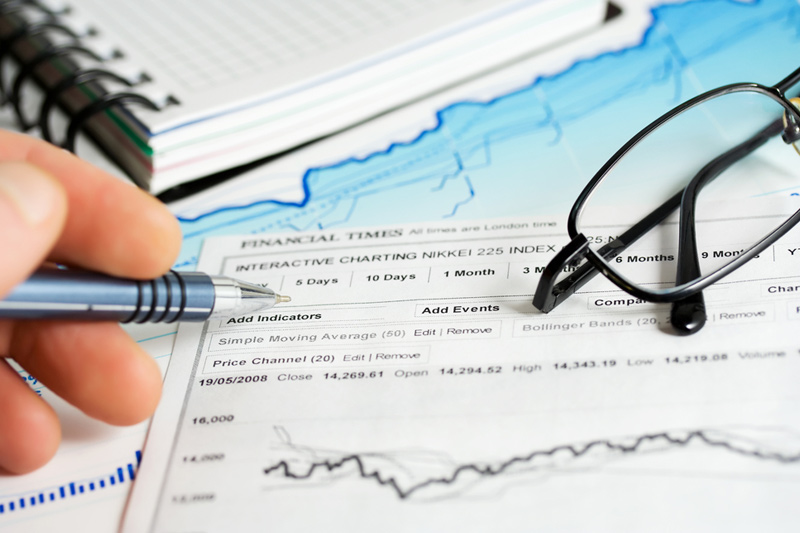In the face of rising inflationary pressures and surging global oil prices, the Reserve Bank of Australia (RBA) is set to consider whether a further rate hike is needed during its Tuesday meeting. This will be Michele Bullock’s first board meeting as the newly appointed governor of the RBA.
Economists have urged caution ahead of the meeting, highlighting the threat posed by soaring oil prices and persistent price pressures. The RBA is expected to maintain the cash rate at 4.1%, awaiting the delayed impact of the 12 previous hikes. Typically, changes to interest rates take about 12 to 18 months to flow through the economy, impacting households and businesses.
The bank has previously indicated that further rate hikes may be required to return inflation to its 2 to 3 per cent target band. Judo Bank chief economist Warren Hogan stated that the RBA’s round of rate increases was not over yet, suggesting that a further 0.25 percentage point rate hike might be needed to control price pressures.
The latest monthly inflation data from the Bureau of Statistics showed an acceleration in price pressures for the first time in four months. This increase was driven by soaring costs for petrol, rents, and across the labor-intensive services sector, pushing consumer price growth to 5.2% in the year to August, up from 4.9% in July.
prices have neared $100 a barrel, up 26% this quarter, following supply cuts from OPEC+ oil producers that have coincided with increased demand. Across Australia, average retail petrol prices now sit at $2.11 a litre, up from $1.80 in late June. Higher costs risk embedding inflationary expectations as businesses look to increase prices, workers demand higher wages, and consumers hasten purchases.
The fresh ABS inflation data also showed large price increases for labor-intensive services across the finance and insurance sectors, hairdressing, and recreation, which often see price increases when wages grow. National Australia Bank (OTC:) head of market economics Tapas Strickland suggested that last week’s stickier services inflation numbers were likely due to businesses passing through higher energy and labor costs to consumers.
Financial markets in Australia and further abroad are firming on the view that rates will need to stay higher for long to curb inflation pressures. The Commonwealth Bank has pushed its forecast for the RBA’s first interest rate cut to May 2024, two months later than earlier anticipated. JP Morgan economists have also extended their rate cut predictions.
Treasurer Jim Chalmers stated that the 400 basis points of rate hikes already experienced were “biting quite hard” for households and emphasized that the bank wouldn’t solely look at the August inflation print when making its decision.
This article was generated with the support of AI and reviewed by an editor. For more information see our T&C.
Read the full article here




